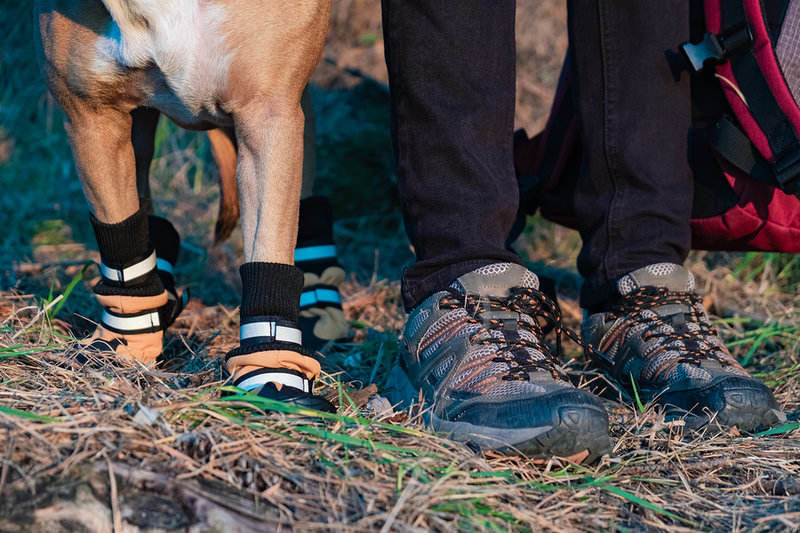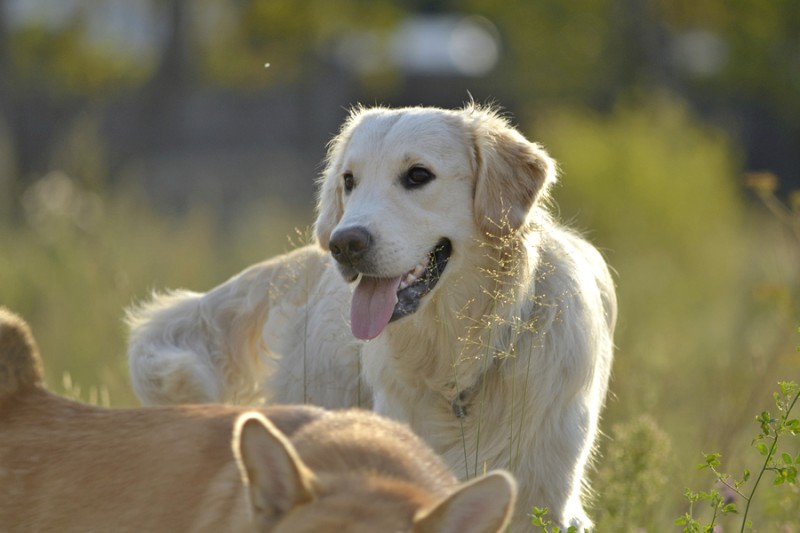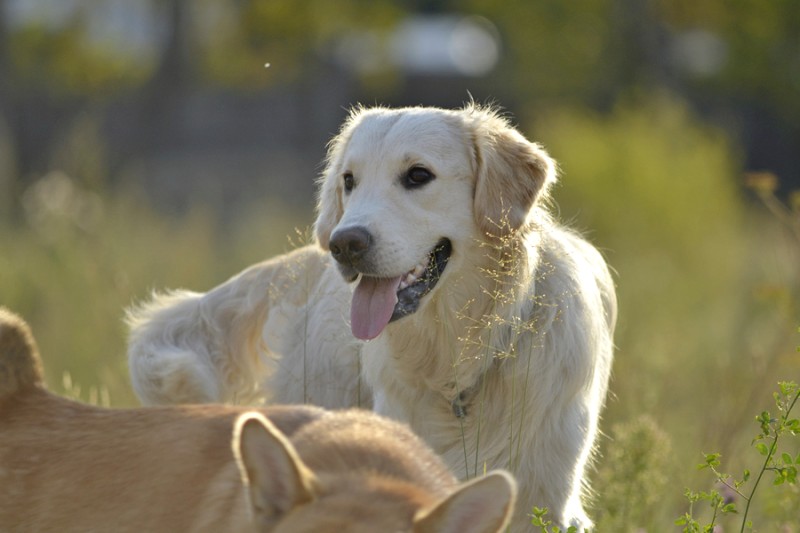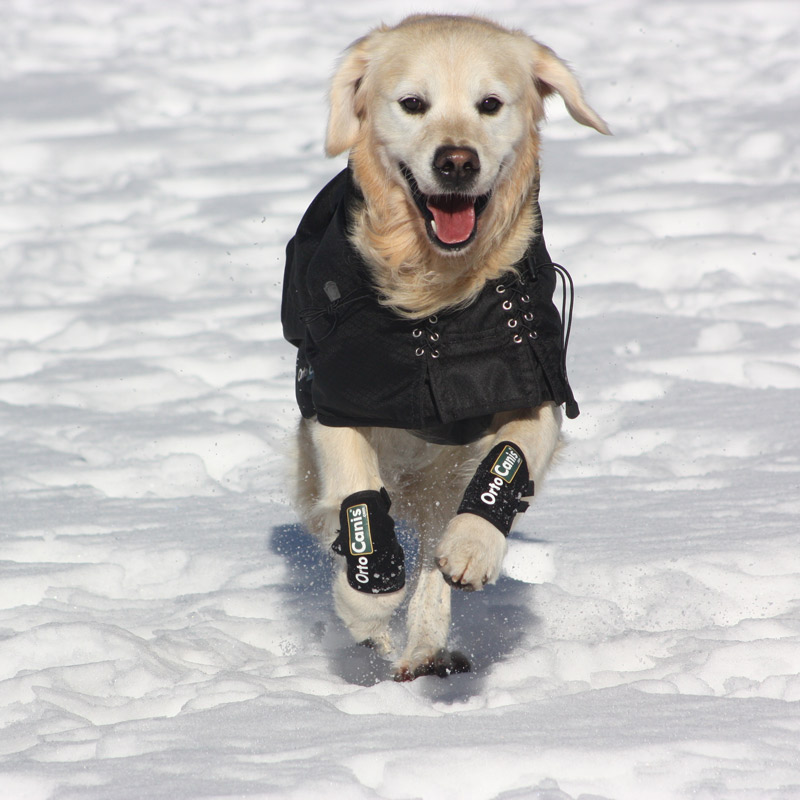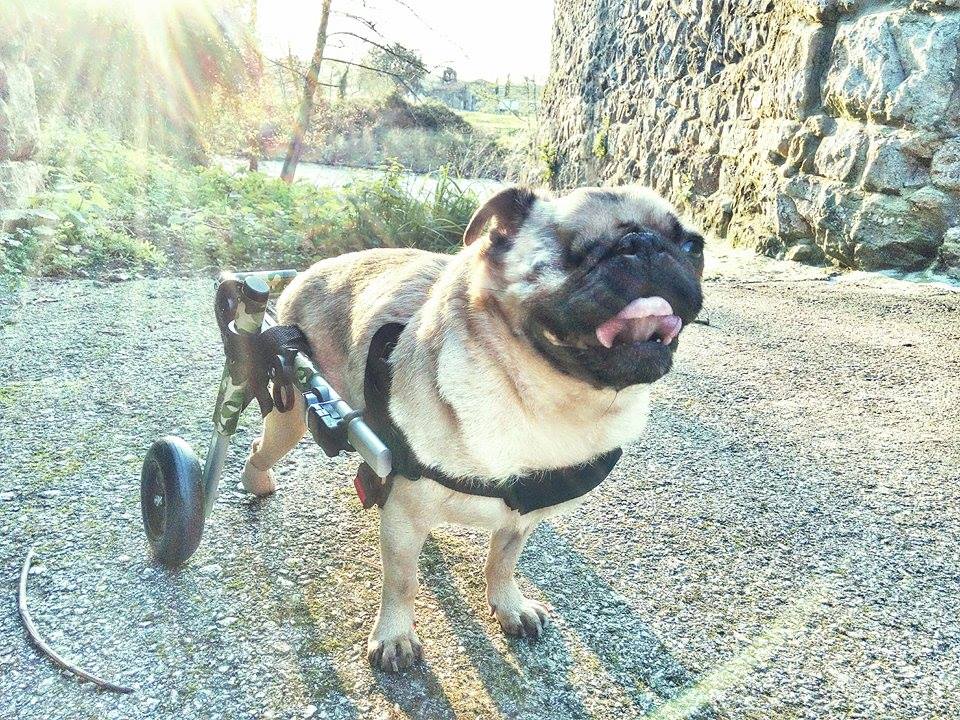Until not so long ago, finding a dog with one or more legs missing, either completely or partially, was not very common. When a doghad an accident or suffereda disease that resulted in the amputation of a leg, it was customary to put it down. There was not much information on the subject, nor many options for dogs suffering from this problem.
But fortunately for animals, this is no longer the case. Advances in both surgery and care for dogs that have suffered the loss of a leg mean that they are able to cope and fend for themselves. To the point of living a practically normal life. Of course, with some special care and attention.
Caring for a dog with a recently amputated leg
If the dog has recently lost a leg, it will require certaincare until it physically recovers. Unlike humans, who require several months to recover physically after an amputation, a dog recovers from this type of operation quite quickly. Indeed, in two or three days, a dog can be quite recoveredfrom the operation. And he will have regainedhis mobility, almost completely, in two to three weeks.
You may need a little help at first to get up, relieve yourself, or eat, for example. Especially if the amputation is of the foreleg. In these cases, the animal will recover somewhat more slowly than if the amputation is of the rear. This is because dogs carry more weight on their front legs than on their hind legs.
What we will have to worry about is the wound healing and its cures. It is important to make sure that the wound does not become infected and that it heals well. Generally, the veterinarian will be in charge of a careful follow-up of the wound, although it is also advisable to monitor it at home and report any anomaly to the veterinarian. If there is no problem, the staples that are usually used to close this type of wound will be removed in about 15 days.
On an emotional level, recovery will be another matter. An amputation can be somewhat complicated for a dog, so he may be sad or listless for a few days. It’s perfectly normal, but it won’t last long. Dogs, when they get used to their new situation, have no trauma. They can be perfectly happy even if they have three legs.
Precautions for dogs with amputated legs
As mentioned above, a dog with a missing leg will be able to recover in a short time. And live a practically normal life. For them it will be no problem to run or jump with only three legs. It seems amazing, but that’s how it is. However, there are some precautions to be taken with the health of this type of dog. Especially in terms of muscles and bones.
Dogs that have had a leg amputated will, thereafter,redistribute the weight of the body and remaining limbs differently. From one that, although comfortable for you, is not your natural one. Therefore, it is advisable to watch your bones and, above all, your spine, to avoid wear and tear. Periodic check-ups sincethe amputation will have to pay special attention to your muscles and bones to avoid problems.

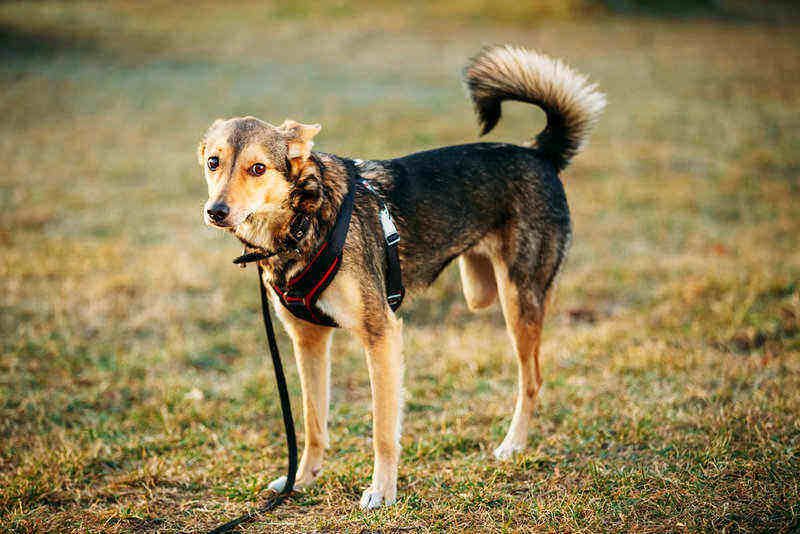
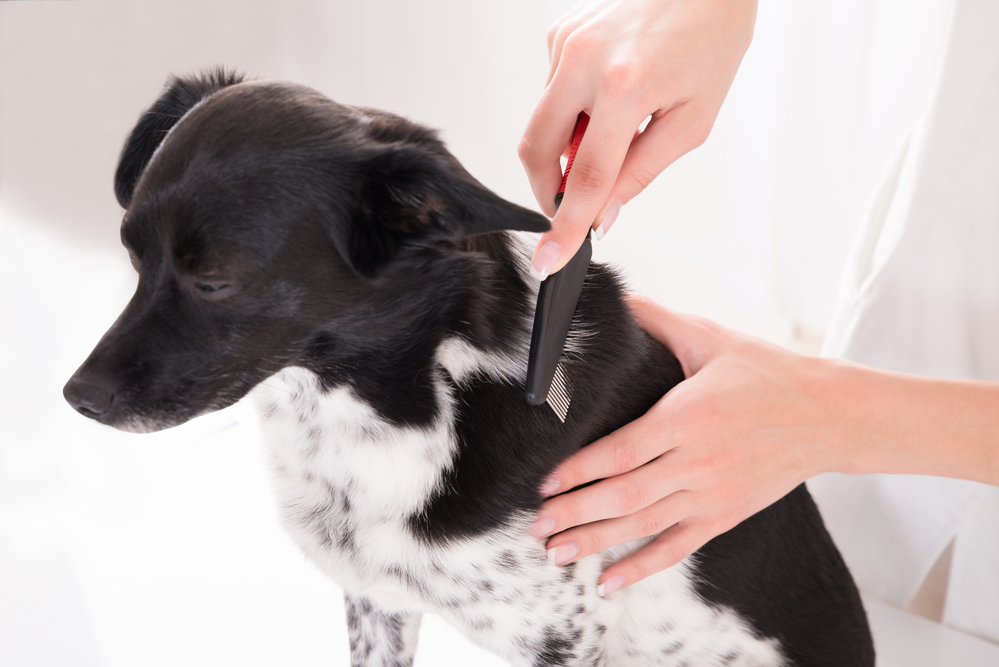
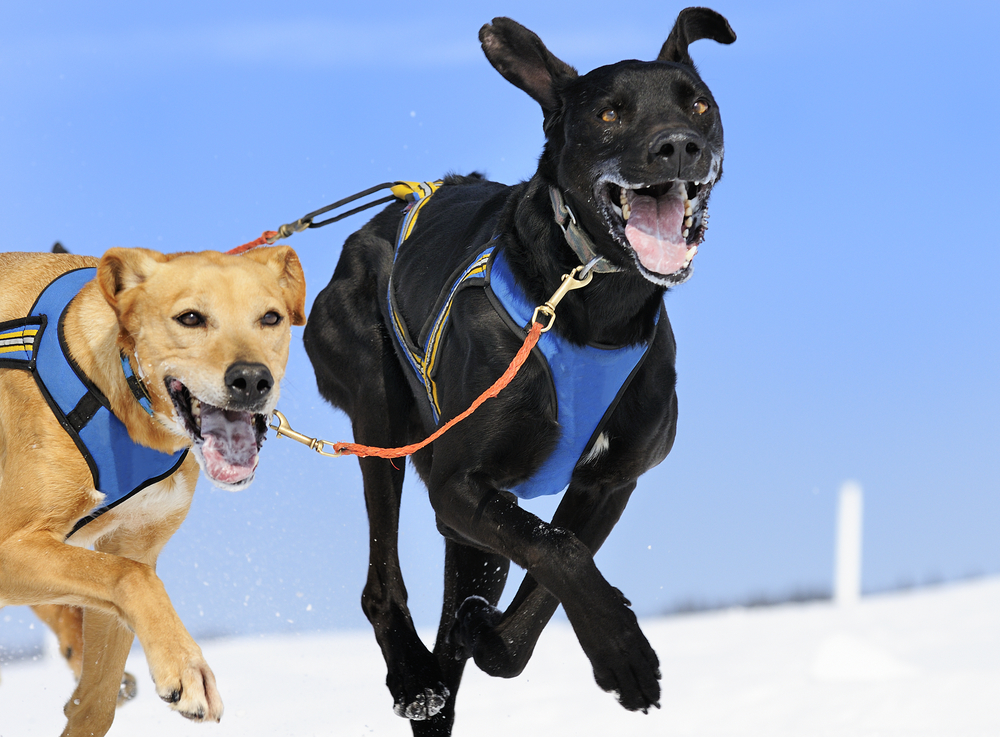
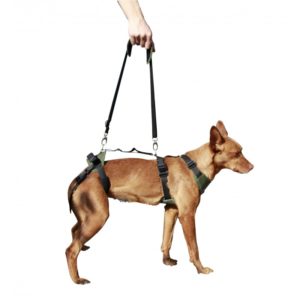
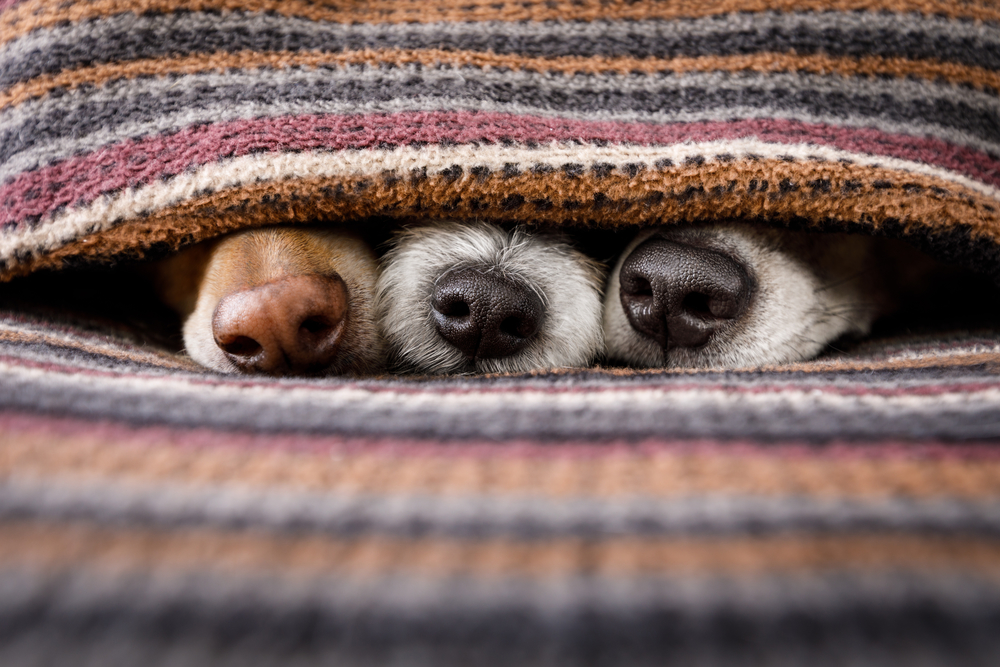
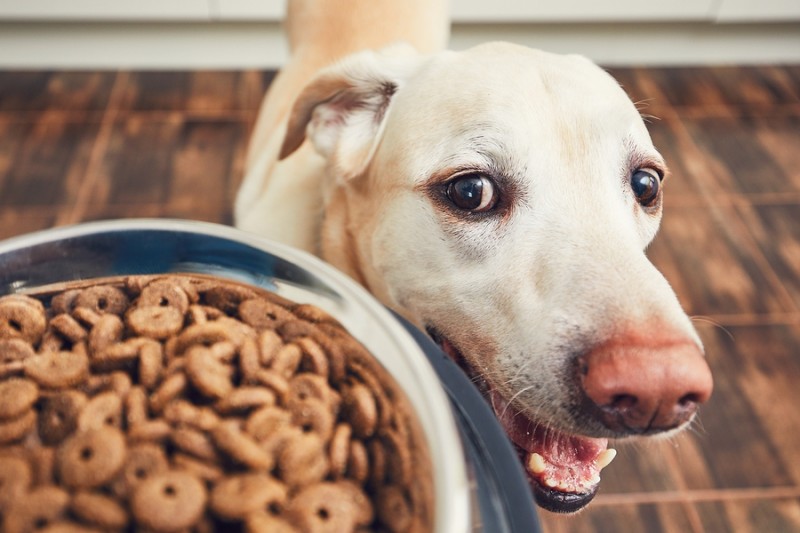
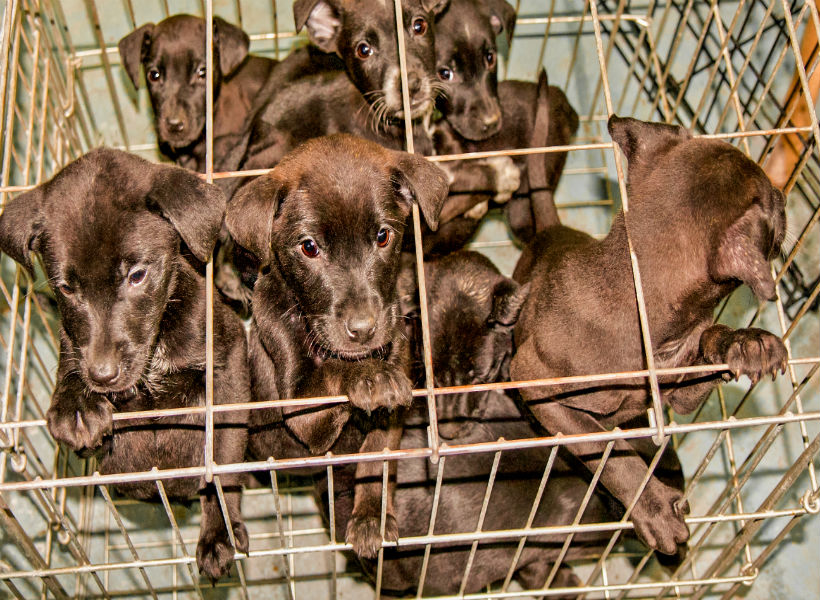
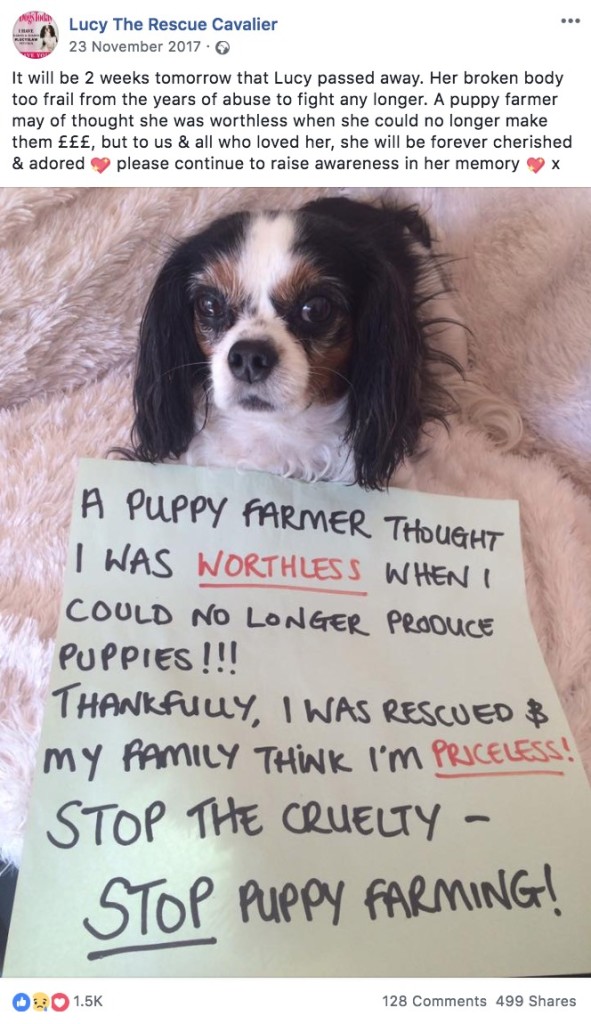 In the United Kingdom, the ”
In the United Kingdom, the ” 